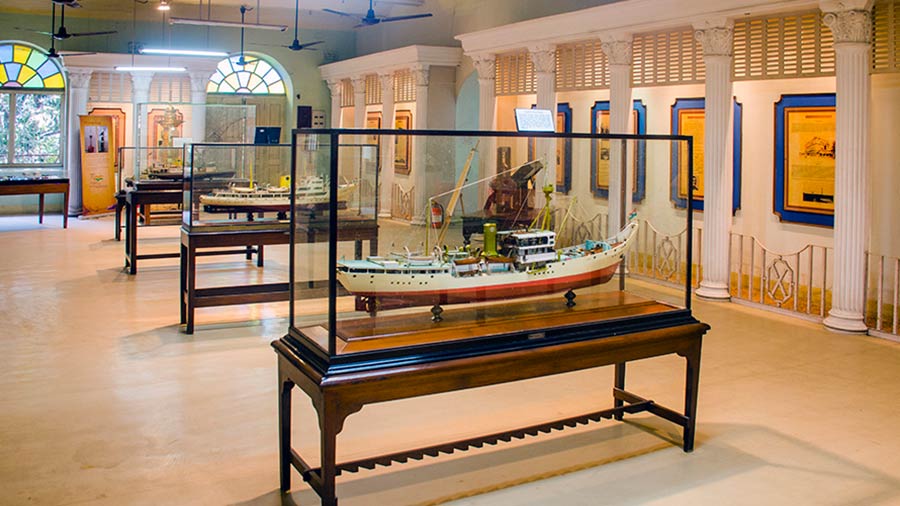Stepwells, also called baolis, baoris or vavs, are layered wells where the groundwater can be reached by a flight of stairs. Stepwells were an integral part of the ancient and medieval subcontinental landscape and played an active role in water conservation. Stepwells usually consist of two parts — a vertical shaft from which water is drawn, and the surrounding inclined subterranean staircase providing access to the well. They come in many sizes. Some even have elaborate multistoried subterranean structures complete with intricate ornamentation. In case of large stepwells, the staircase is lined with arched passageways, galleries and chambers, which are often carved with elaborate detail — becoming cool, quiet retreats during the summers. So, stepwells also served as venues for social gatherings.
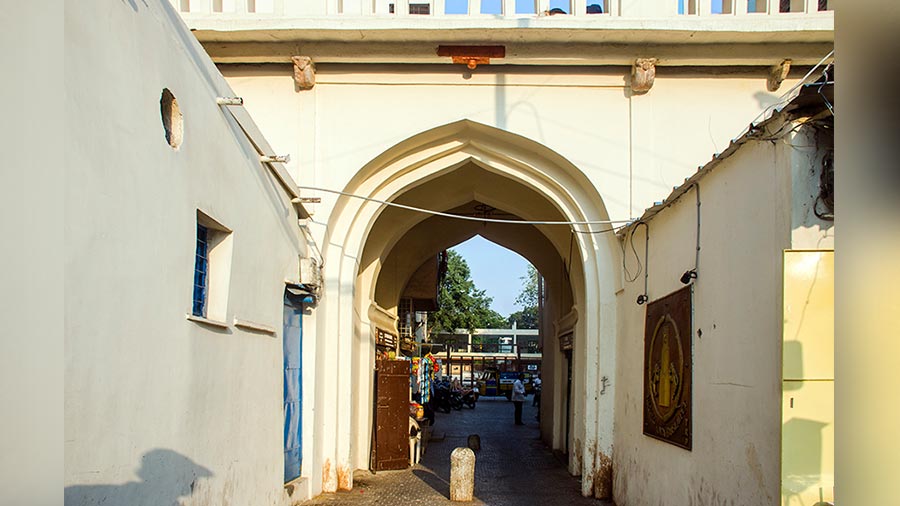
An arched entrance leading to the Bansilalpet stepwell Rangan Datta
Today, stepwells like the Agrasen ki Baoli in Delhi are frequented by tourists and Rani ki Vav near Ahmedabad has even bagged the UNESCO heritage tag. But, the story is not the same for other smaller and less ornate stepwells. With regular supply of water at homes, stepwells have lost their significance. Many have been demolished to provide space for ever-expanding cities and some even have been turned into dumping grounds.
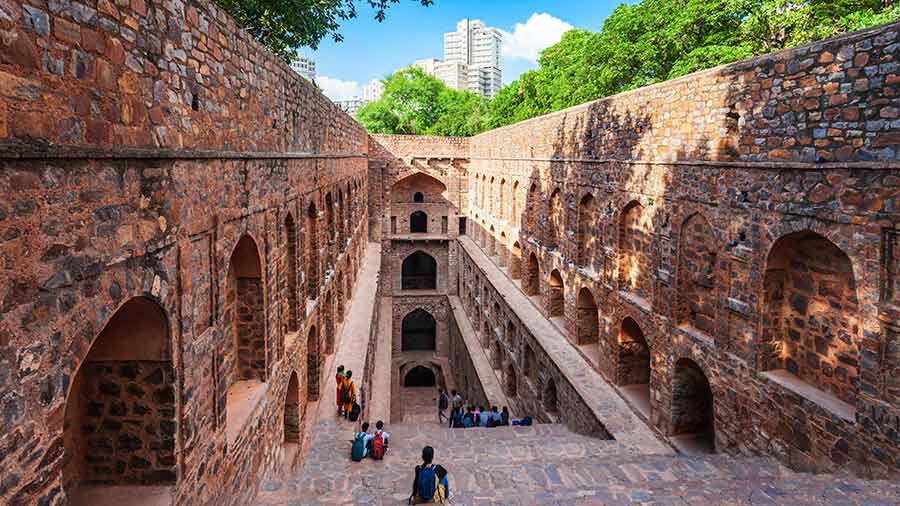
Agrasen ki Baoli in New Delhi Shutterstock
This is exactly what happened with the Bansilalpet stepwell in Hyderabad. Not much is known about the origin of the well. Architectural features suggest that it was probably built during the 17th century CE. The stepwell finds a mention as Naganah Kunta in a 1954 map published by Pharaoh & Co. The map further mentions that the well was surrounded by a garden of tamarind and palmyra trees. In 1933, Britisher T.H. Keyes developed a planned model village surrounding the stepwell. This project was funded by a local businessman, Seth Bansilal, and hence the present name — Bansilalpet stepwell.
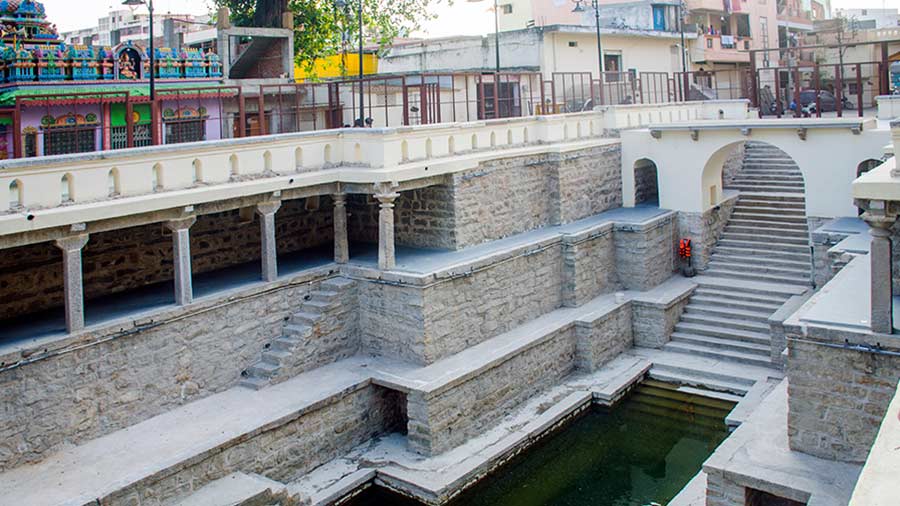
The stepwell has a capacity of over 20 lakh litres Rangan Datta
Even post Independence, the well remained a centre of local activity with immersion of Ganesh idols, and the steps decorated with flowers during the Bathukamma festival. Things took a turn in the 1980s when two men died after falling into the stepwell. The well was abandoned and turned into a garbage disposal pit.
Then, after almost four decades, a revival plan was chalked out by The Rainwater Project, a social enterprise focusing on sustainable water management. In mid-2022, the revival and restoration of the stepwell began with the Telangana Urban Development Department as a partner. Tonnes of garbage were removed — revealing the six-stage stepwell descending 50 feet into the ground. The restored stepwell was finally opened to the public on December 5, 2022.
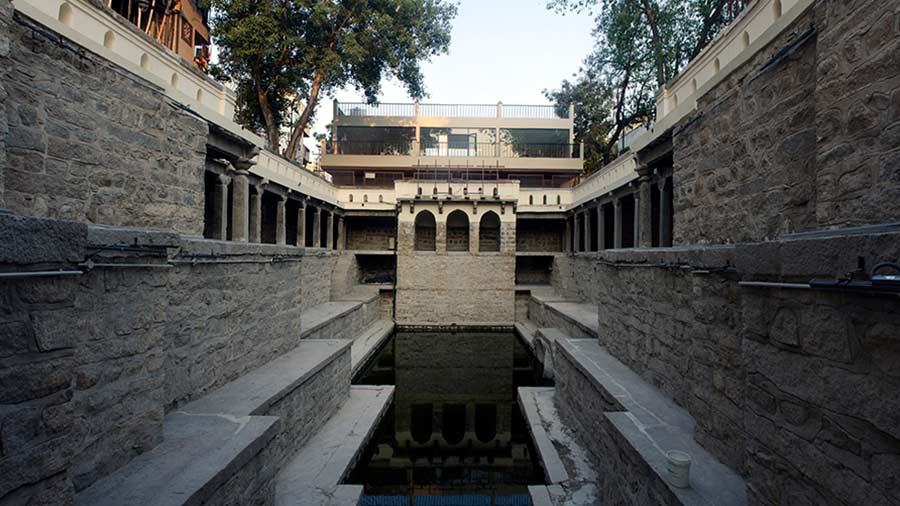
The restored stepwell was opened to the public on December 5, 2022 Rangan Datta
Today the stepwell is beautifully landscaped and the complex contains a café, amphithere and three galleries narrating the history of the stepwell and details of its restoration. The galleries also demonstrates the importance of water conservation. Gallery 1 is centred around a model of the stepwell and the walls contain photos of the stepwell before and after restoration. Gallery 2 focuses on water conservation. There are also photos and drawings of the stepwell. Gallery 3 is located on the first floor and a glass cabinet displays the artefacts found during the clearing of the garbage. They include statues, conch shells and metal objects including swords & spear heads.

Gallery 1 of Bansilalpet stepwell Rangan Datta
But the well is definitely the centre of attraction. Groundwater and rainwater are the sources of replenishment for the well, which has a capacity of over 20 lakh litres. During a visit in early March, 2023, more than half the well was full, revealing only the top three levels. The lower three remained below the water level. Due to security reasons, only the first level of the well is accessible to tourists, but it still provides an amazing view of the 300-year-old structure.
Visiting?
- Timings: 10am - 1pm and 4pm - 8pm
- Entry fee: ₹ 50
- Photography: Allowed


